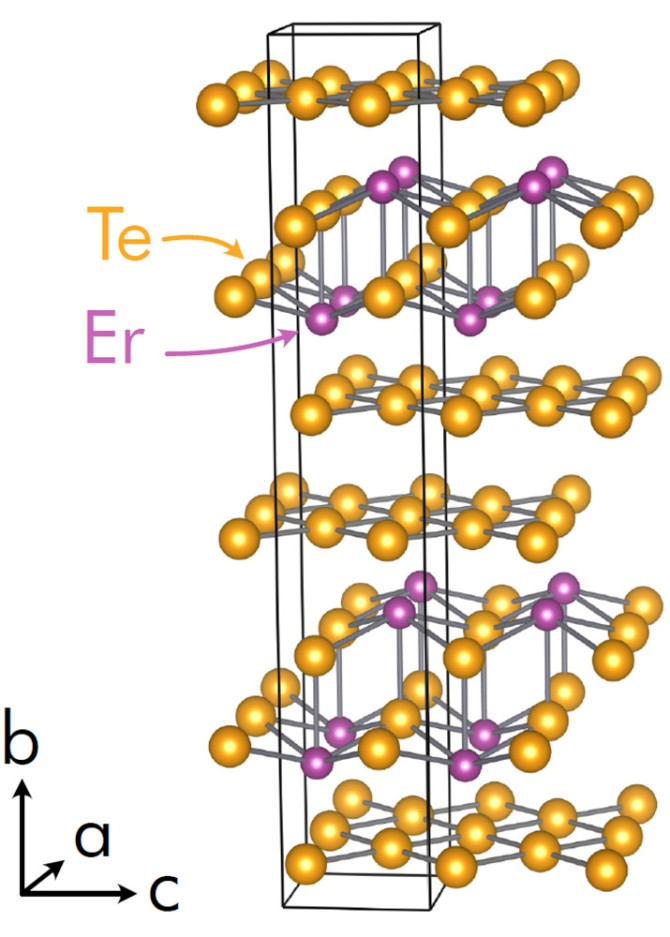News directly from Cornell's colleges and centers
Physicists detect elusive ‘Bragg glass’ phase with machine learning tool
By Kate Blackwood
Cornell quantum researchers have detected an elusive phase of matter, called the Bragg glass phase, using large volumes of x-ray data and a new machine learning data analysis tool. The discovery settles a long-standing question of whether this almost–but not quite–ordered state of Bragg glass can exist in real materials.
The paper, “Bragg glass signatures in PdxErTe3 with X-ray diffraction Temperature Clustering (X-TEC),” published in Nature Physics on Feb. 9. The lead author is Krishnanand Madhukar Mallayya, postdoctoral researcher in the Department of Physics in the College of Arts and Sciences (A&S). Eun-Ah Kim, professor of physics (A&S), is the corresponding author. The research was conducted in collaboration with scientists at Argonne National Laboratory and at Stanford University.
The researchers present the first evidence of a Bragg glass phase as detected from X-ray scattering, which is a probe that accesses the entire bulk of a material, as opposed to just the surface of a material, in a systematically disordered charge density wave (CDW) material, PdxErTe3. They used comprehensive X-ray data and a novel machine learning data analysis tool, X-ray Temperature Clustering (X-TEC).
“Despite its theoretical prediction three decades ago, concrete experimental evidence for CDW Bragg glass in the bulk of the crystal remained missing,” Mallayya said.
Read the full story on the College of Arts and Sciences website.
Media Contact
Get Cornell news delivered right to your inbox.
Subscribe

